Abstract
The identification of heavy metals by sensing technologies is a crucial area of study since these metals are present in the environment and are hazardous. The in-depth analyses of the probes' structures and sensing capabilities improve our understanding of how to design and develop probes for the same metal in the future. The third most common metal ion and trace element, copper (Cu2+), is essential to all living things and is involved in several activities. However, different diseases are caused by excess or deficiency of Cu2+ ions, depending on what the cell requires. For all of these reasons, optical sensors have concentrated on quick, highly sensitive, and selective real-time detection of Cu2+ ions. Fluorescence in the refractive index-adsorption from the interactions between light and matter can be measured using optical sensors. Furthermore, due to their strong advantages which include real-time detection, simplicity and naked eye recognition, low cost, high specificity against analytes, quick reaction, and the requirement for less complex equipment during analysis they have attracted a lot of attention in recent years. In this review, we covered many fluoro and chemosensors for the detection of copper, along with their sensing parameters in various mediums and thorough structural analyses. This review also covers the extraction of copper from the aqueous medium. The use of membrane processes, adsorption, and electrocoagulation is examined, and the difficulties associated with their application have been presented.
Current Indian Science
Title:An Overview of Optical Sensing of Copper and its Removal by Different Techniques
Volume: 2
Author(s): Srishti Dutta, Dishen Kumar Banjara, Abhilash Pandey, Vansikha Sharma, Devanand Sahu, Niraj Kumari and Goutam Kumar Patra*
Affiliation:
- Department of Chemistry, Guru Ghasidas Vishwavidyalaya, Bilaspur, C.G. 495009, India
Abstract: The identification of heavy metals by sensing technologies is a crucial area of study since these metals are present in the environment and are hazardous. The in-depth analyses of the probes' structures and sensing capabilities improve our understanding of how to design and develop probes for the same metal in the future. The third most common metal ion and trace element, copper (Cu2+), is essential to all living things and is involved in several activities. However, different diseases are caused by excess or deficiency of Cu2+ ions, depending on what the cell requires. For all of these reasons, optical sensors have concentrated on quick, highly sensitive, and selective real-time detection of Cu2+ ions. Fluorescence in the refractive index-adsorption from the interactions between light and matter can be measured using optical sensors. Furthermore, due to their strong advantages which include real-time detection, simplicity and naked eye recognition, low cost, high specificity against analytes, quick reaction, and the requirement for less complex equipment during analysis they have attracted a lot of attention in recent years. In this review, we covered many fluoro and chemosensors for the detection of copper, along with their sensing parameters in various mediums and thorough structural analyses. This review also covers the extraction of copper from the aqueous medium. The use of membrane processes, adsorption, and electrocoagulation is examined, and the difficulties associated with their application have been presented.
Export Options
About this article
Cite this article as:
Dutta Srishti, Banjara Dishen Kumar, Pandey Abhilash, Sharma Vansikha, Sahu Devanand, Kumari Niraj and Patra Goutam Kumar*, An Overview of Optical Sensing of Copper and its Removal by Different Techniques, Current Indian Science 2024; 2 : e120724231913 . https://dx.doi.org/10.2174/012210299X281975240709092821
| DOI https://dx.doi.org/10.2174/012210299X281975240709092821 |
Print ISSN 2210-299X |
| Publisher Name Bentham Science Publisher |
Online ISSN 2210-3007 |

- Author Guidelines
- Bentham Author Support Services (BASS)
- Graphical Abstracts
- Fabricating and Stating False Information
- Research Misconduct
- Post Publication Discussions and Corrections
- Publishing Ethics and Rectitude
- Increase Visibility of Your Article
- Archiving Policies
- Peer Review Workflow
- Order Your Article Before Print
- Promote Your Article
- Manuscript Transfer Facility
- Editorial Policies
- Allegations from Whistleblowers
- Announcements


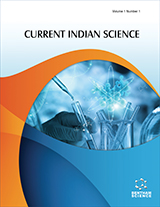






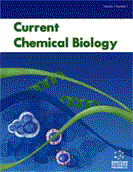
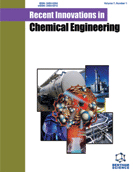

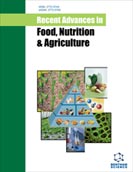


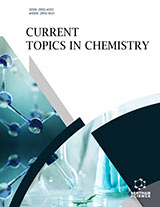
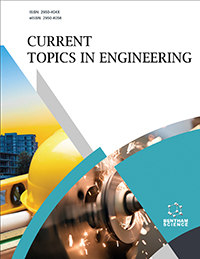
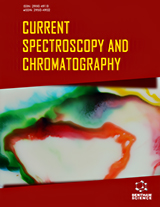
.jpeg)








